Manjal as Ayurvedic Medicinal Herb
March 23rd, 2007 | admin
Manjal or turmeric in Ayurvedic medicines gives several medicinal benefits. There are two main types of manjal they are small sized turmeric (curcuma longa or curcuma domestica) used for almost everyday kitchen use and kasthuri manjal (curucuma aromatica). Another type (curcuma zedoaria), native of north-east India resembles curcuma longa (turmeric – manjal) but has larger size.
Manjal is a perennial herb, a member of ginger (zingiberaceae) family.
Different studies have provided data about the effectiveness of curcuma longa. It has anti-inflammatory properties, anti-carcinogenic, and antimicrobial properties. It also protects liver.
In traditional Kerala cooking, manjal has a prominent place as a spice. It has detoxification effect. When cooking meat, fish, and most vegetable dishes, manjal is an important ingredient. Thus the people of Kerala following traditional food habits need not take extracts.
Girls and women also applied home-made manjal paste on their faces and body. Men generally donÂ’t use manjal as it can hinder the growth of facial hair. Manjal paste also gives the girl a certain facial glow, which is hardly mistakable.
It has prominent use in Ayurveda, as an anti-inflammatory agent, as a wound dressing etc. it is also used to alleviate mensutraual difficulties, hemorrhage, etc.




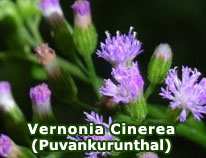
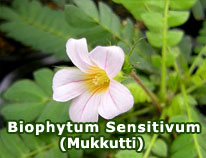
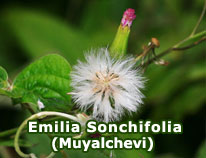
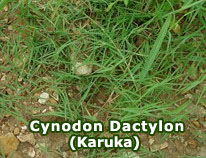
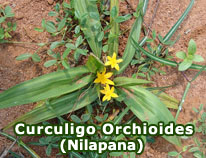
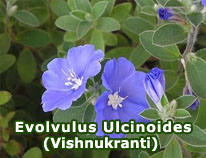
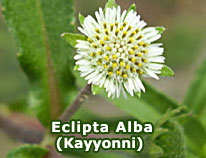
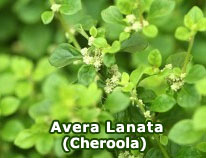
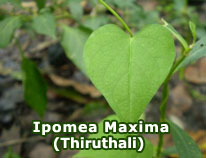
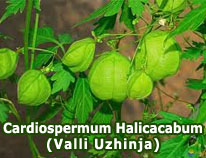
 Loading ...
Loading ...





